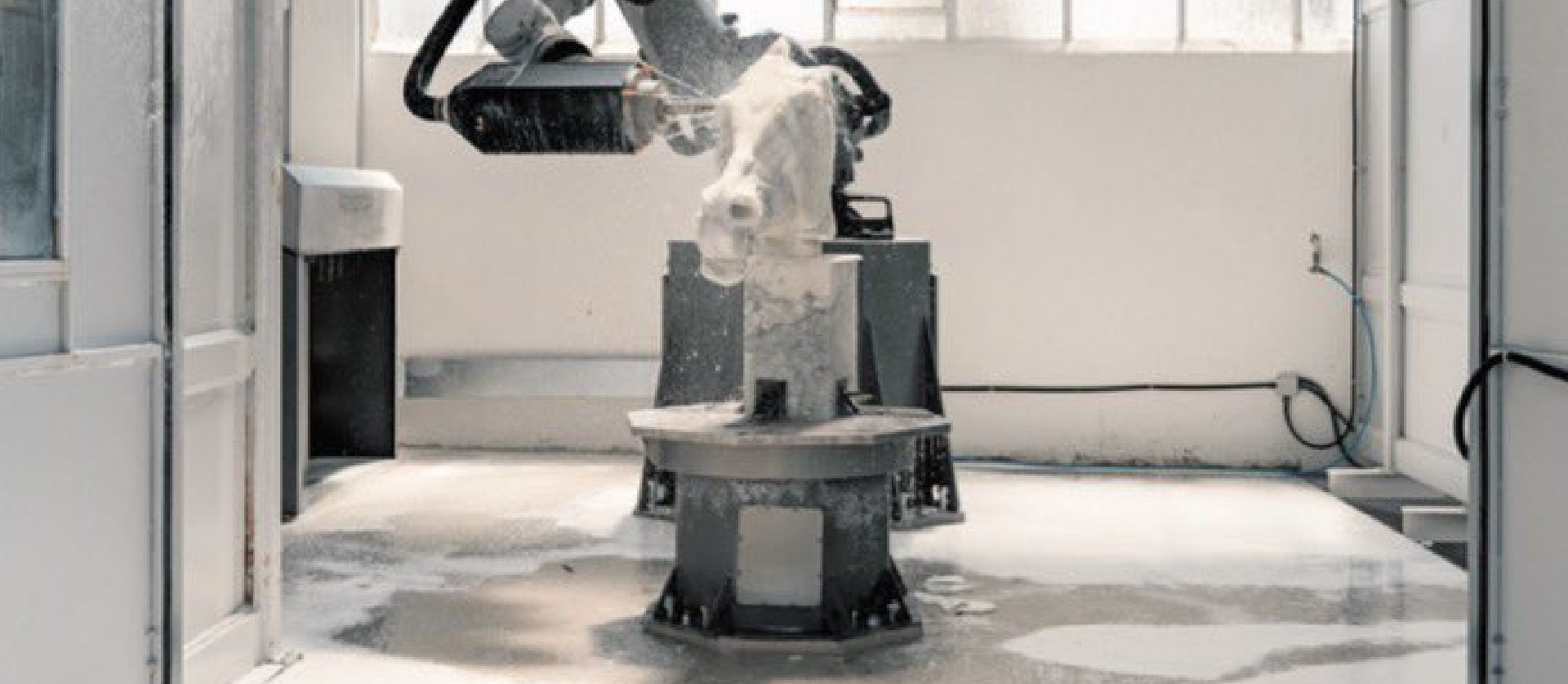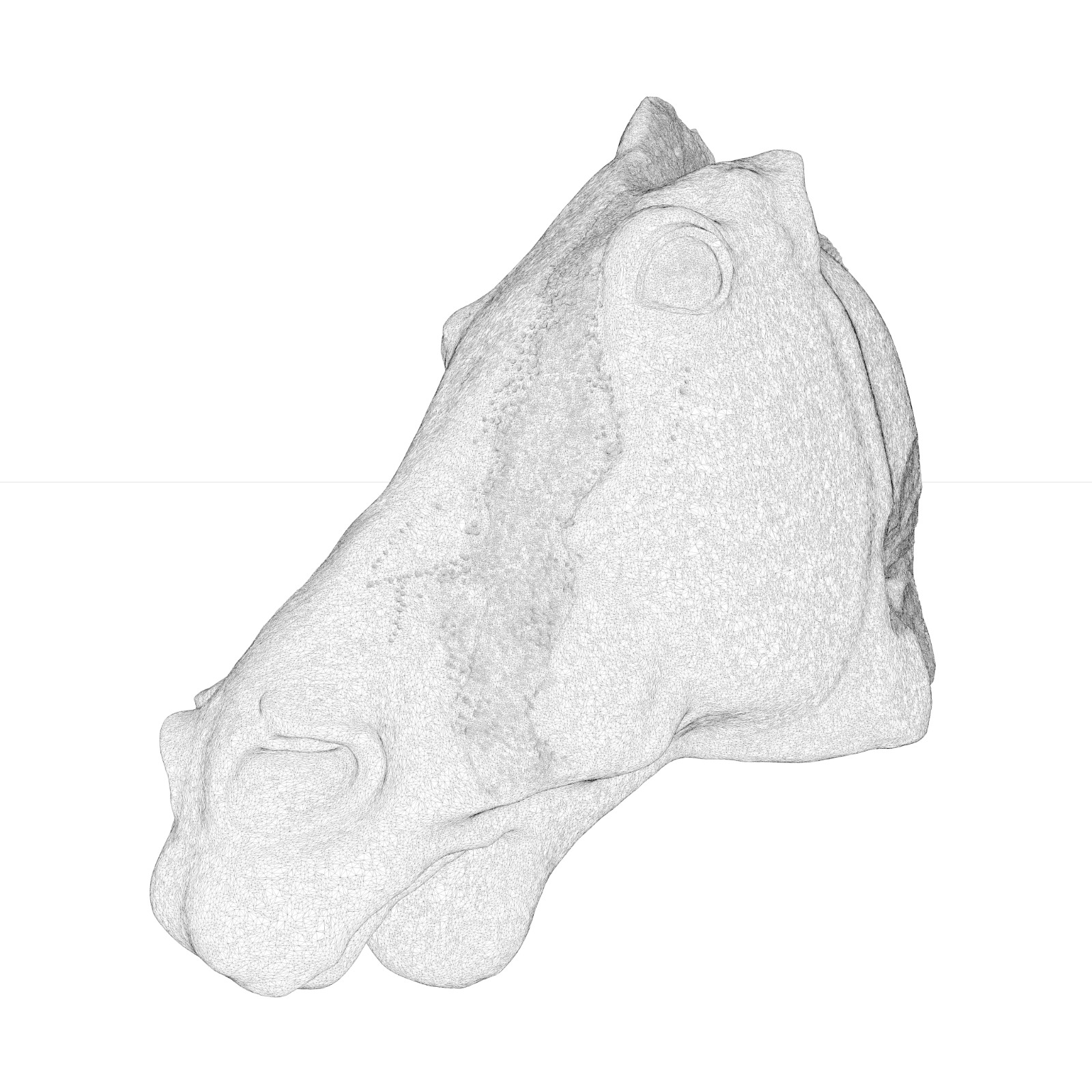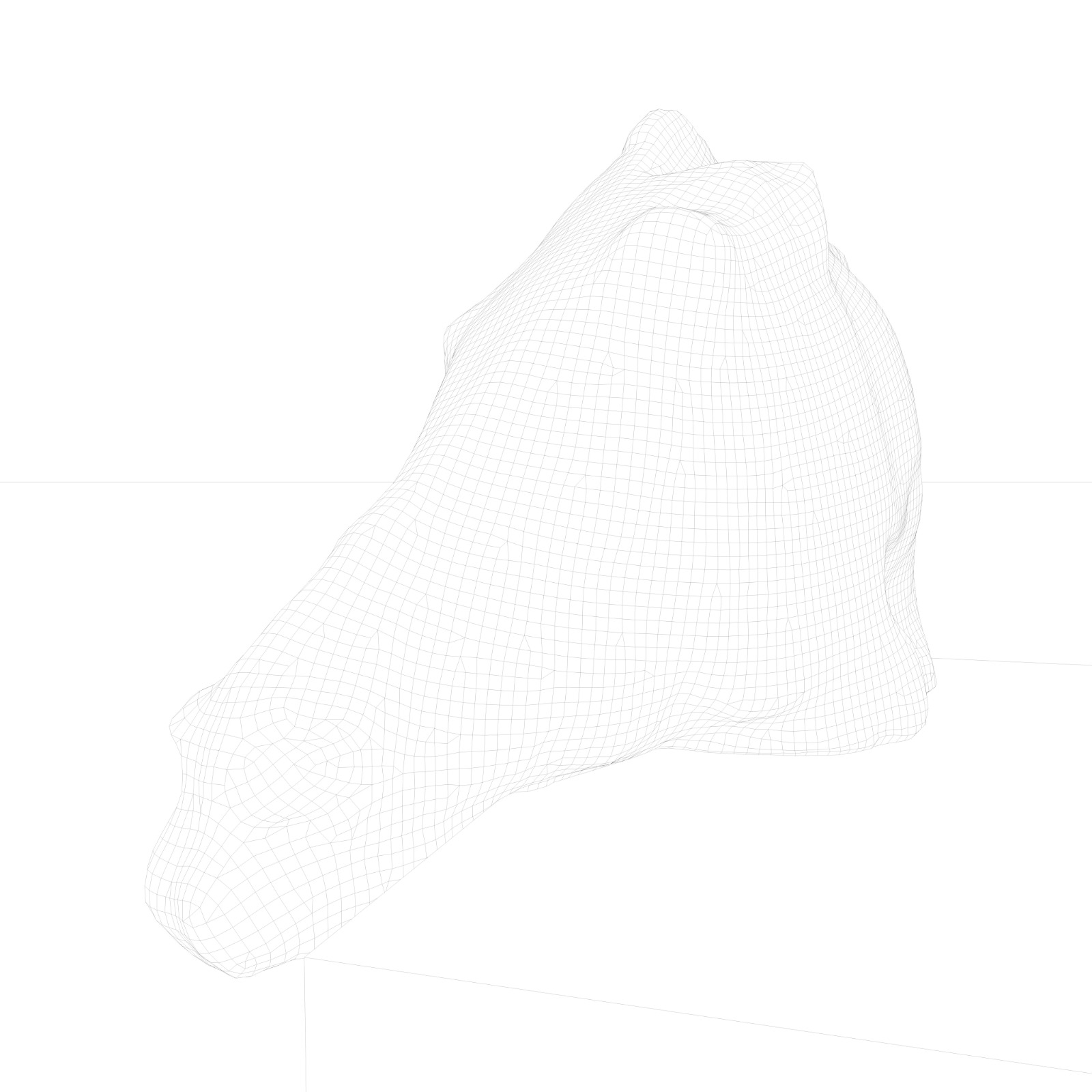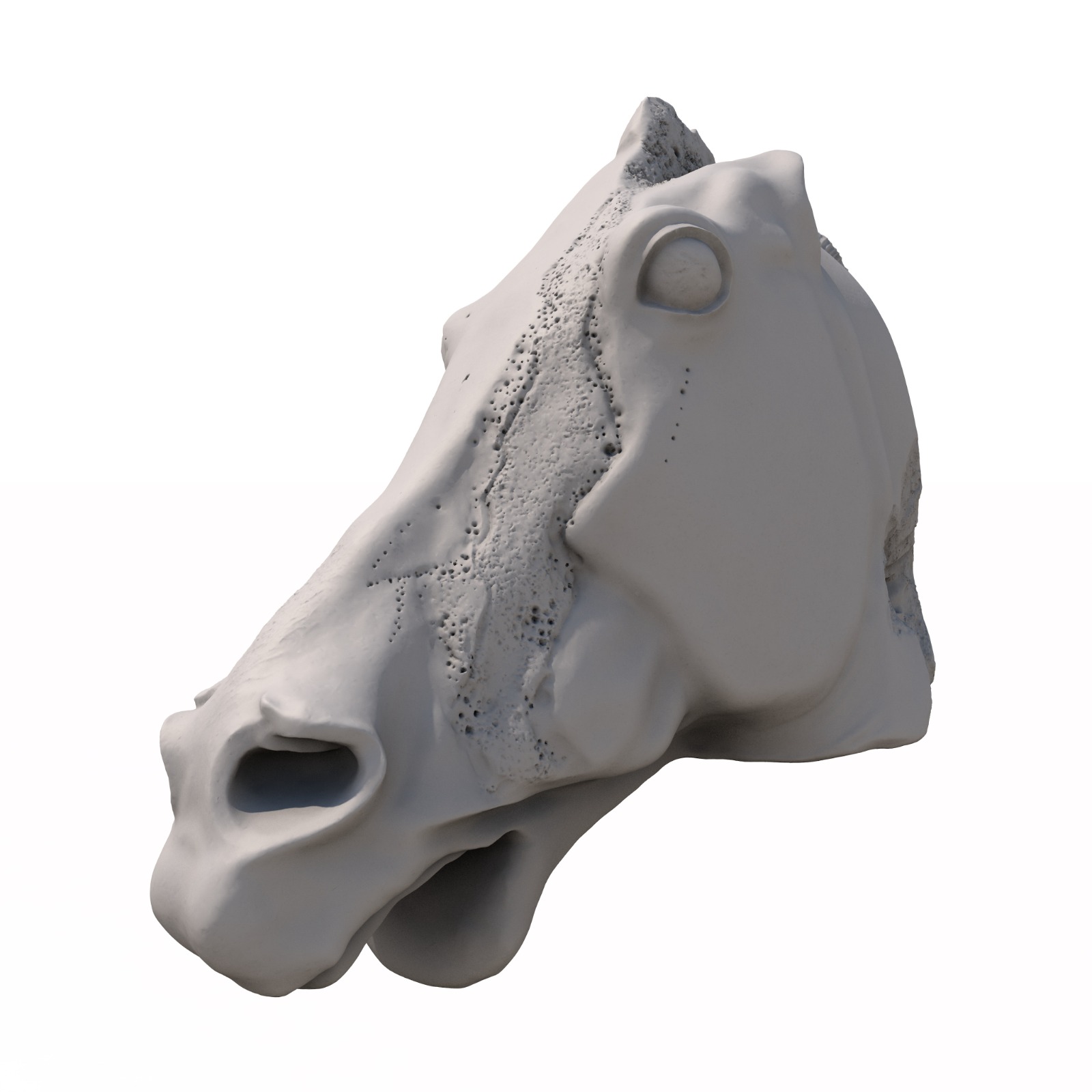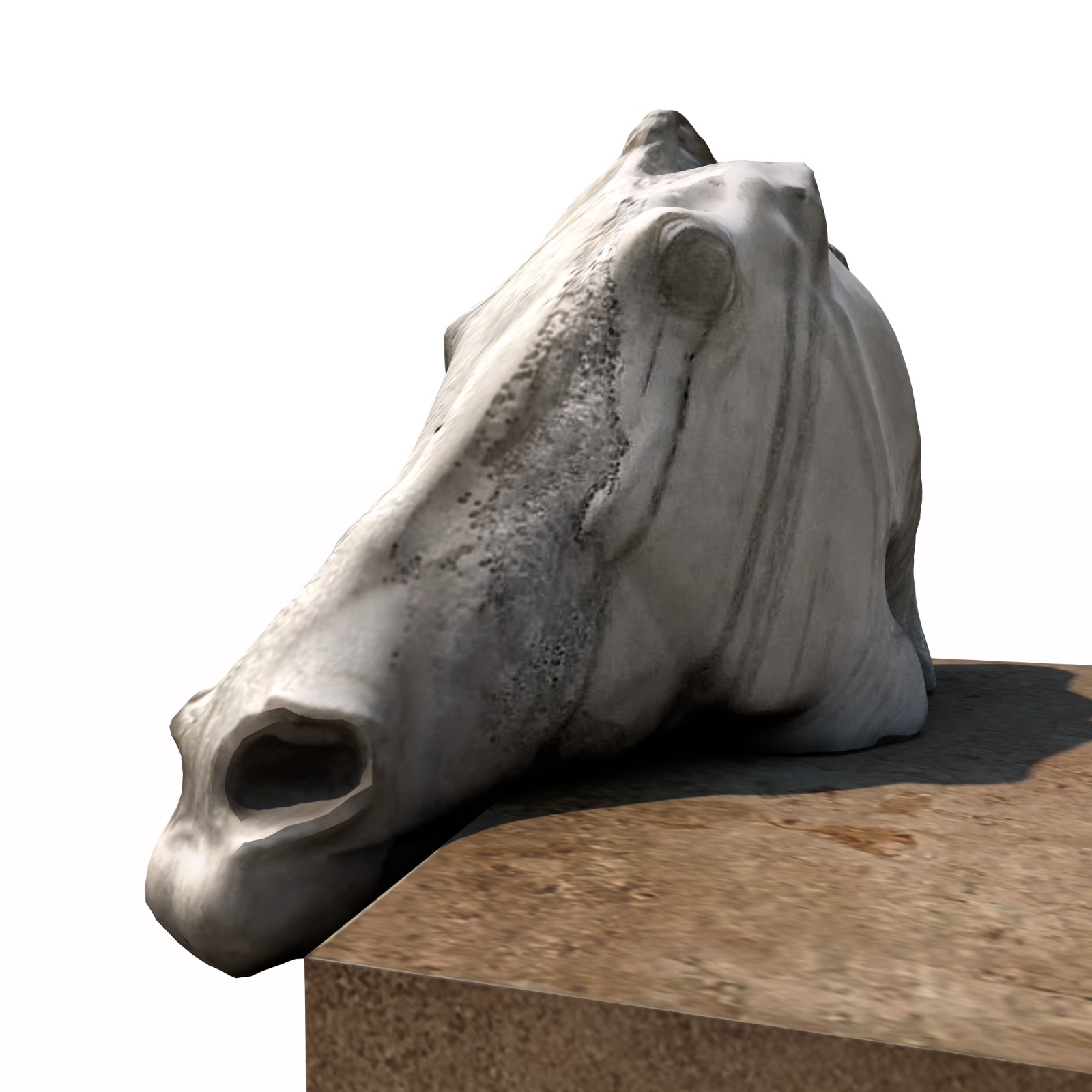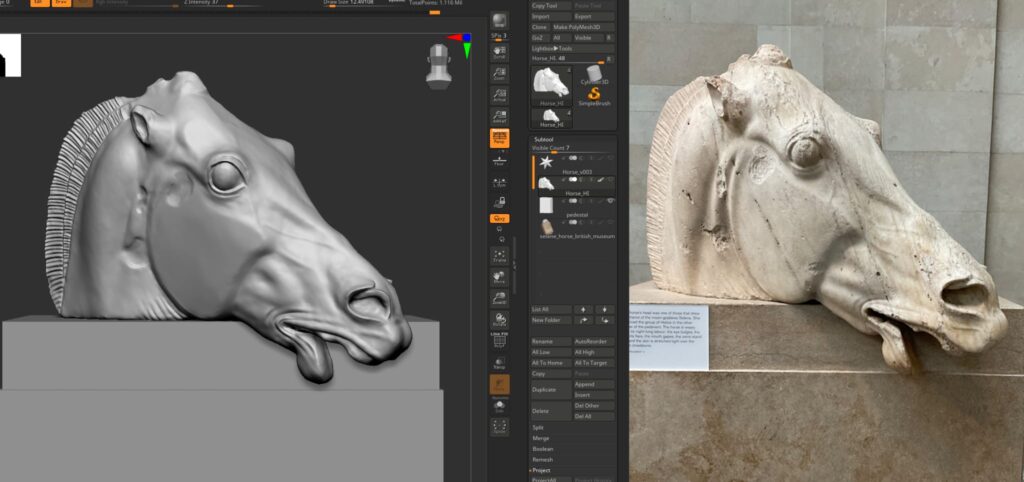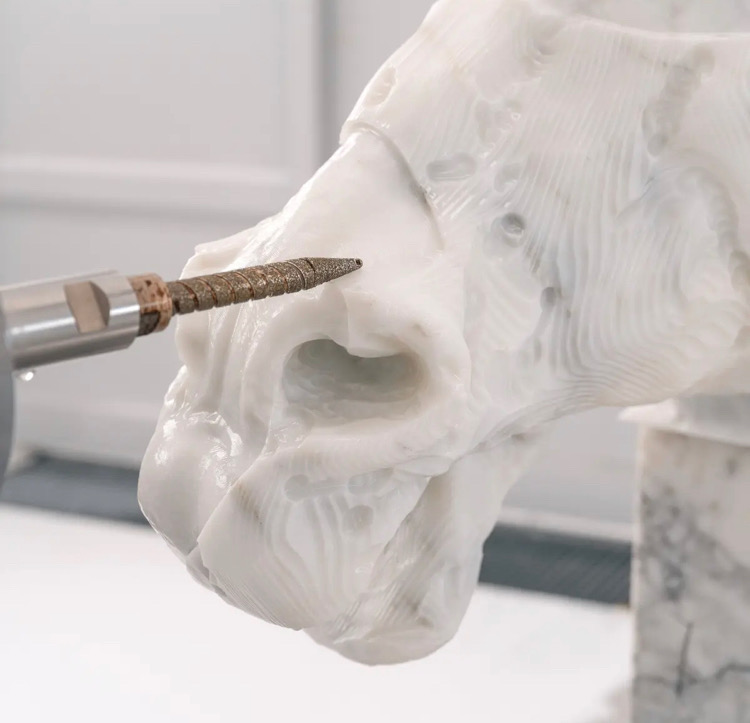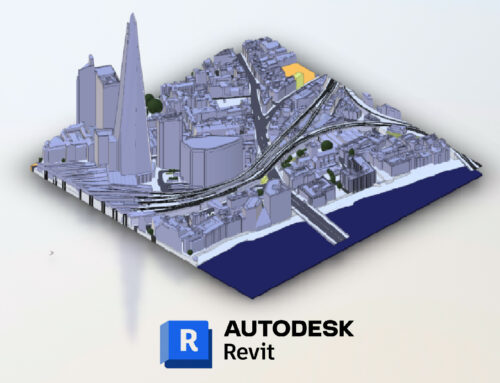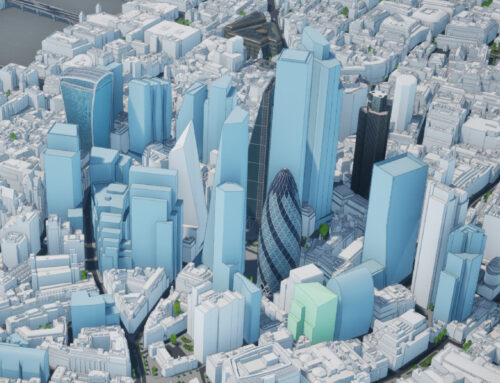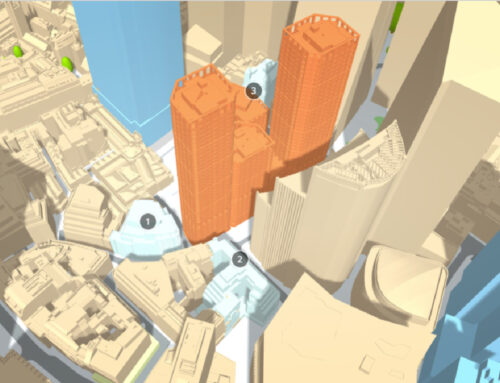AccuCities’ expertise is not limited to 3D city modelling projects. We love all of our projects equally, but we must admit that we have a small number of customers who occasionally test our limits with super-awesome-interesting projects that we just have to love more. One of such customers is the Institute for Digital Archaeology (IDA). On this occasion, they have asked us to clean up and enhance the existing lidar scans to make it suitable for a large physical copy of the Parthenon.
Reconstructing Parthenon sculptures
The New York Times calls the project a “Robot Guerrilla Campaign to Recreate the Elgin Marbles”. Not always supported by the British Museum, the repository of Parthenon sculptures, the team of digital archaeologists created a 3D model of the horse head, part of the Parthenon sculptures, using lidar-enabled hand-held devices. The scans were accurate but triangulated and too messy for direct 3D printing.
AccuCities 3D modellers and digital sculptors have undertaken the process of cleaning up the 3D model into a lighter, yet equally accurate 3D model made out of quads, rather than triangles. This version, textured from the equalized images used in the original scans, was later enhanced to full millimiter 3D resolution. In the last part of the work, some of the time damage signs were removed; this is in preparation for eventual restoration and colouring.
“We have used Cinema4D and Zbrush for the various part of the post process”, said Milo Spisz, AccuCities 3D Modelling Lead. “We had to fix and enhance the scans, especially where hand-held devices were running at the edge of their capabilities, like of the top of the horse head or inside the nostrils and mouth. It was indeed a challenging but satisfying project to work on. Big shout out to our subcontractor Eder who has helped us with some of the finer details of the digital sculpting process.”
3D Milling of 3D model from marble
The 3D model has been sent to italy where the process of carving the model out of the original marble is now underway.
“The model really is spectacular and it’s amazing to see it come to life in marble!”, said Dr. Alexy Karenowska, the Director of Technology at the Institute for Digital Archaeology (IDA). “As we were creating a large physical copy of the model, both time and quality were of the essence here. Thanks to our partners AccuCities quick delivery and flawless 3D model quality, we were able to start to carve it on the day of the digital model delivery.”
The derived 3D models will be used for a variety of end uses, not “just” for the large-scale physicalization. The low-poly model will be used in multiple planned AR and VR applications, including a possible digital re-painting of the sculptures to bring them up to their original glory. We cannot wait.

